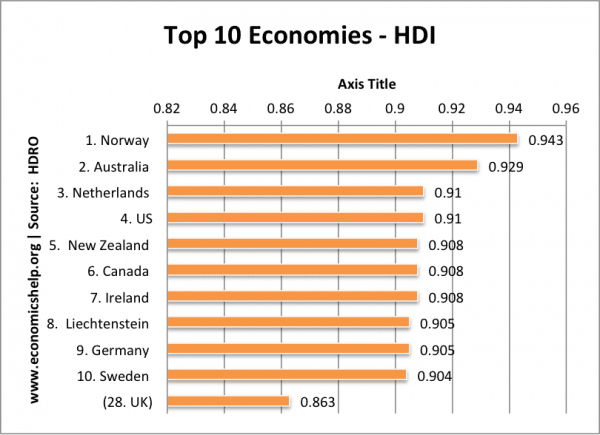The term "MINT" refers to the countries Mexico, Indonesia, Nigeria and Turkey who have been named by economist Jim O'Neill (responsible for creating the BRIC acronym) as the next economic powerhouses.
The MINTs all share some common features:
- All have growing populations with a large quantity of young workers. This will aid faster economic growth as the shrinking and ageing populations of current developed countries slows growth in most currently developed countries.
- The MINT countries have useful geographical locations, with a close proximity to vast markets. Mexico neighbours the USA, Indonesia is close to China and Turkey is on the edge of the European Union, with connections with both the East and the West. Nigeria holds the potential to become an economic hub of Africa as many African economies grow.
- It is only Turkey that is not a commodity producer. Mexico, Indonesia and Nigeria, however, have benefited greatly from the increased demand for fuel and raw materials resulting from the growth and industrialisation in Asia.
Mexico
Mexico has the largest economy of the MINTs of around US$1.2 trillion. It is also the most mature, with an upper middle income bracket and the average income being around US$10,000.
Mexico currently sends 75% of its exports to the USA. As a result, the recovery the of US economy will see great benefits for Mexico, whose manufacturing sector is closer linked to the US supply chain. The growth of Latin America economies is also likely to result in increased export demand in Mexico.
With increasing domestic consumption, the government is also completing reforms with the aim of freeing up product and labour markets to stimulate further growth. Unlike many European countries, gas and electricity prices are being drastically lowered in order to attract investment to take place. Investors are also attracted to Mexico's young population, with the average age being 28 (compared in 40 in the UK).
The country also has significant oil reserves deep in the Gulf of Mexico.
The main challenge for Mexico as it continues to grow will be improving security, as the country (particularly in the North) continues to face problems with violence, drugs and the exploitation of workers. Reducing this deterrent to investment would see massive gains to an economy that already seems to be on the road to advanced development.

